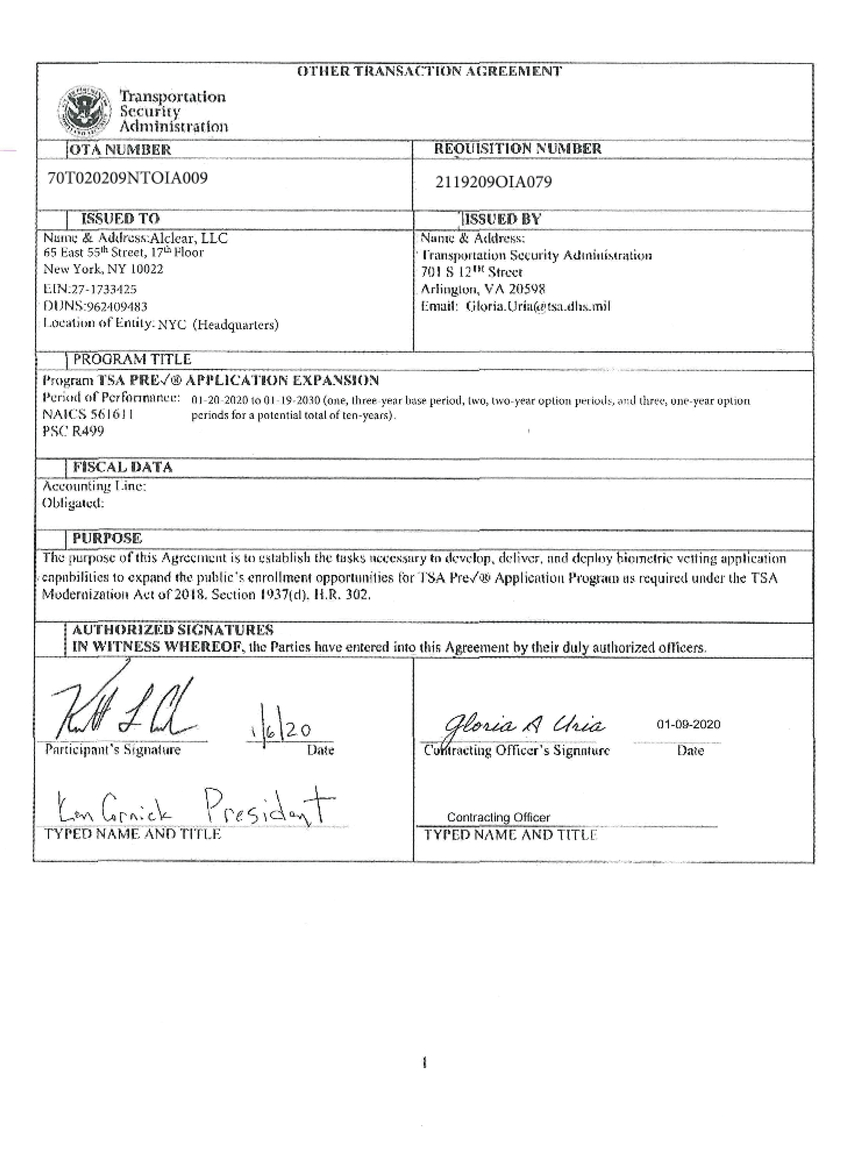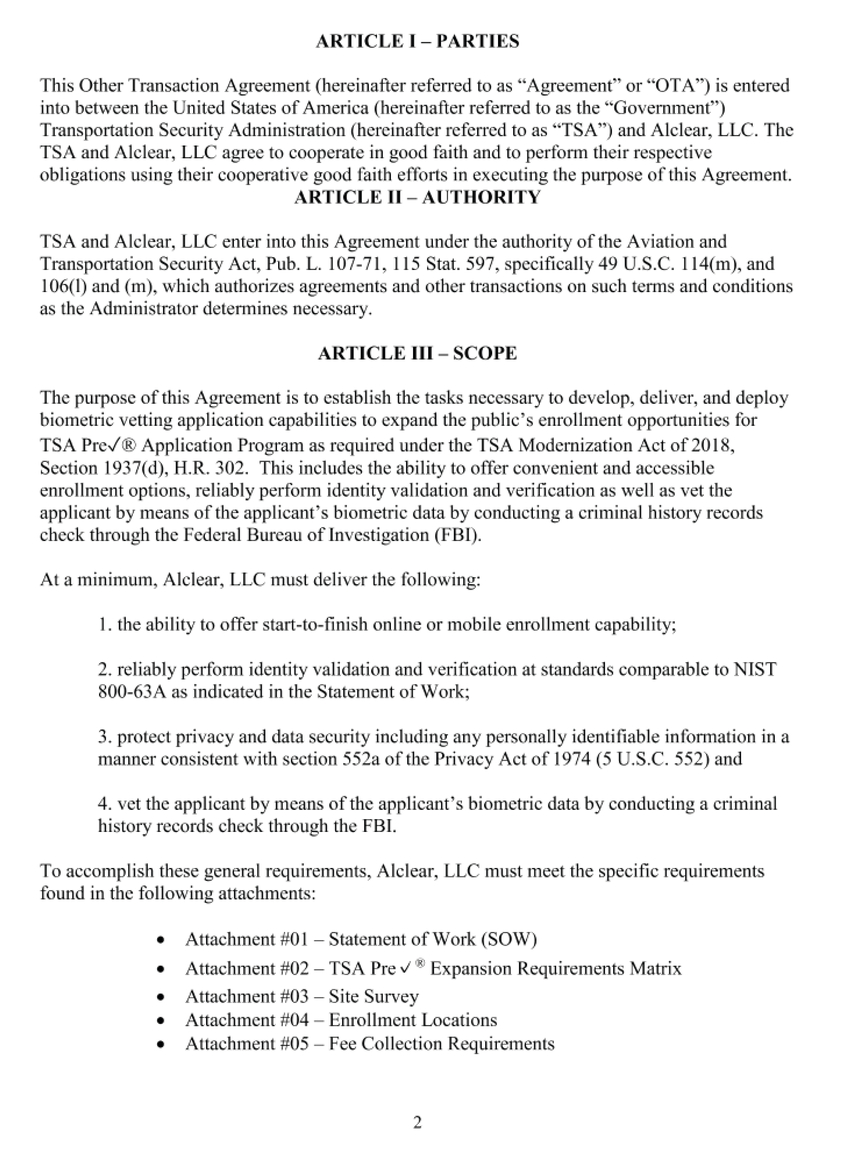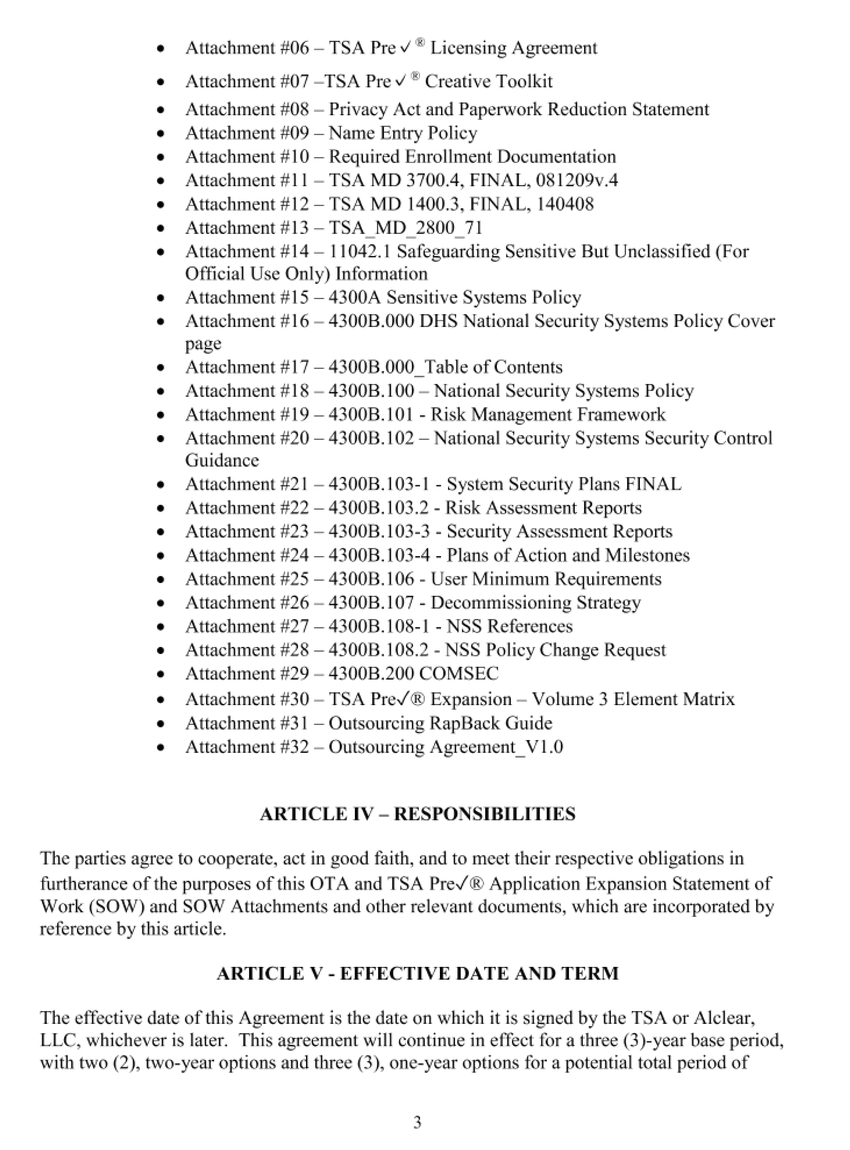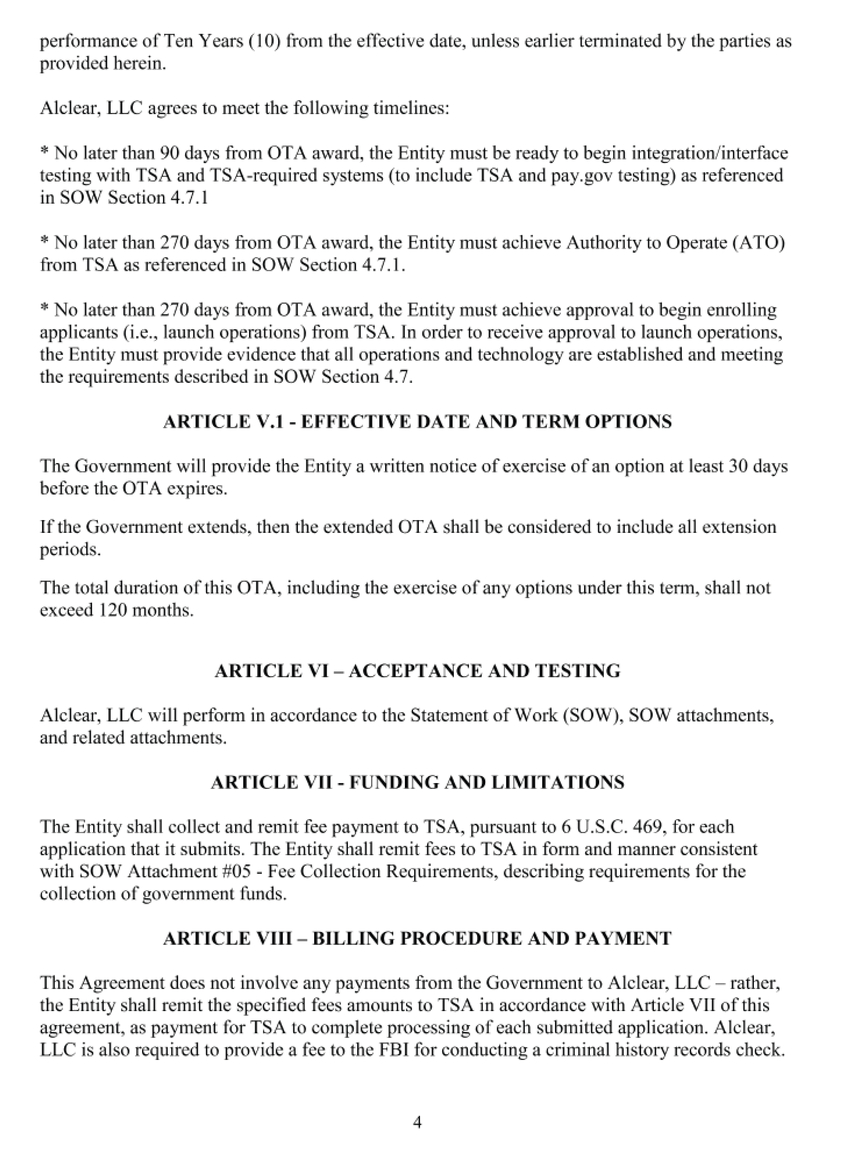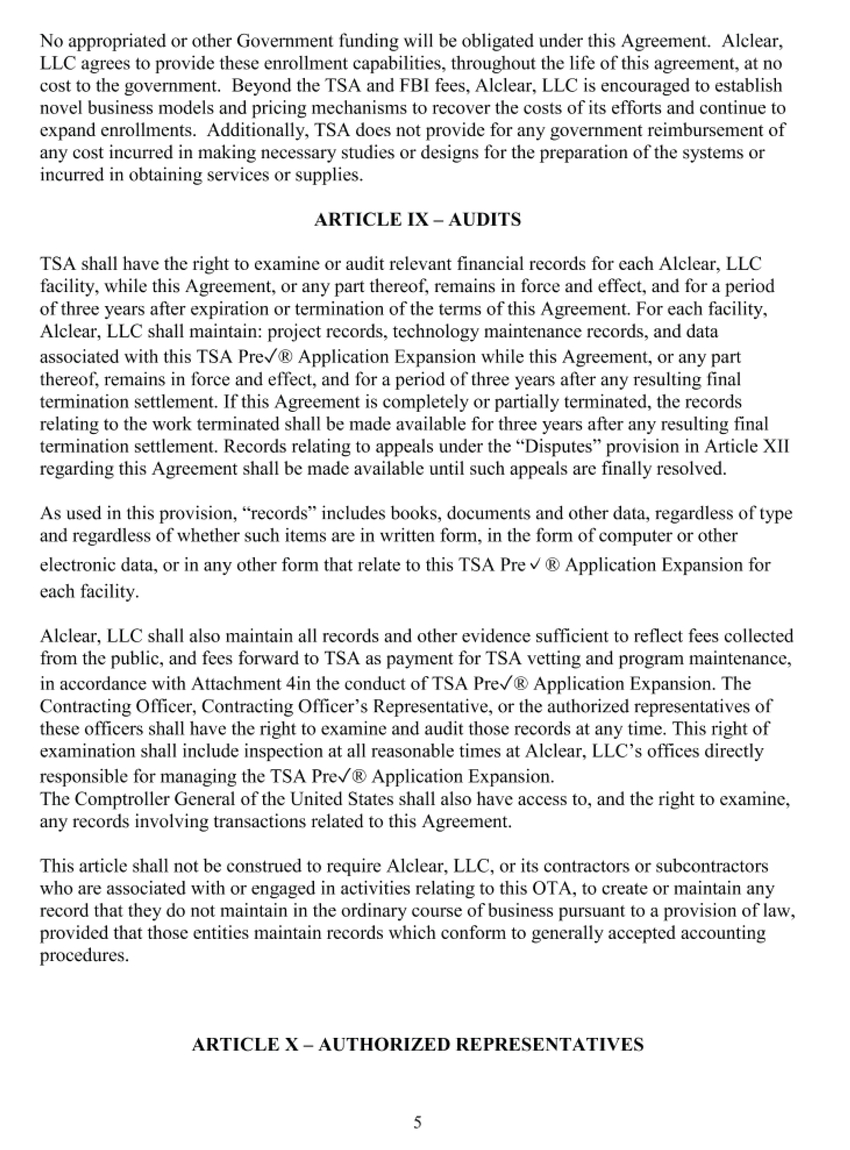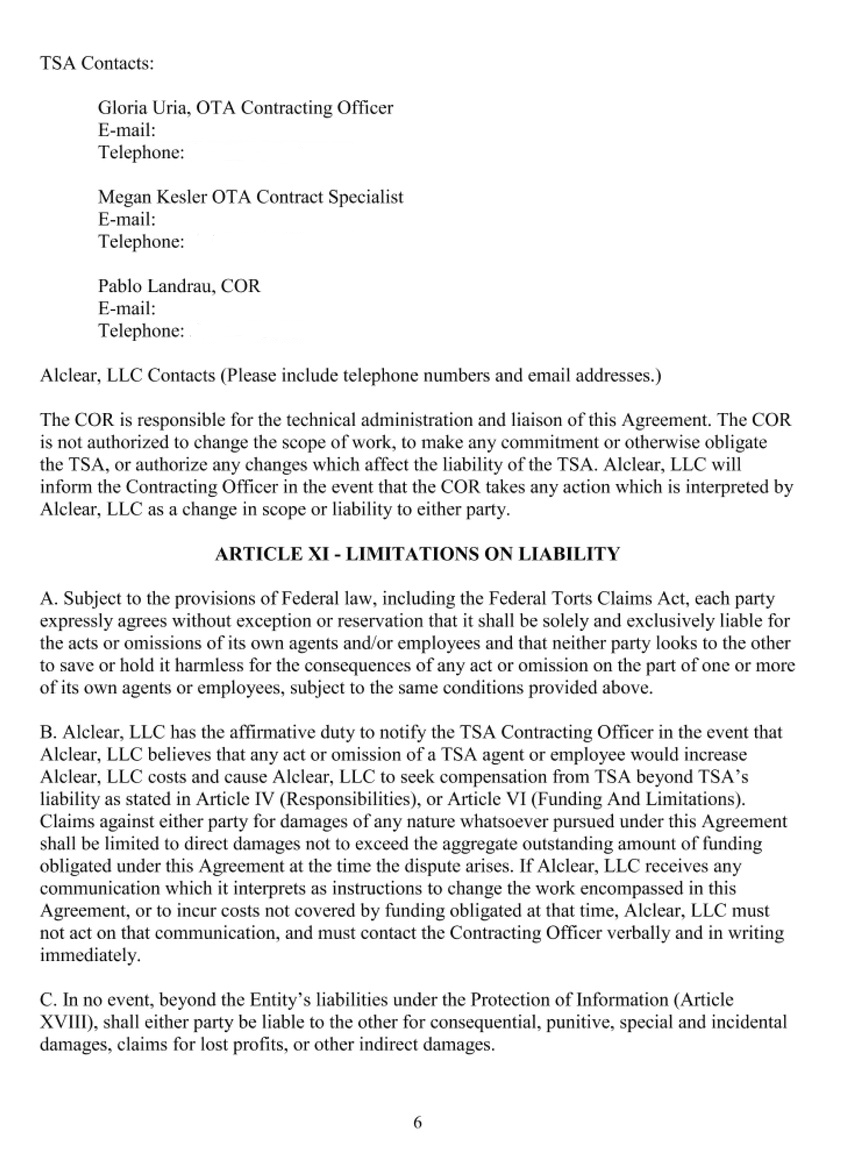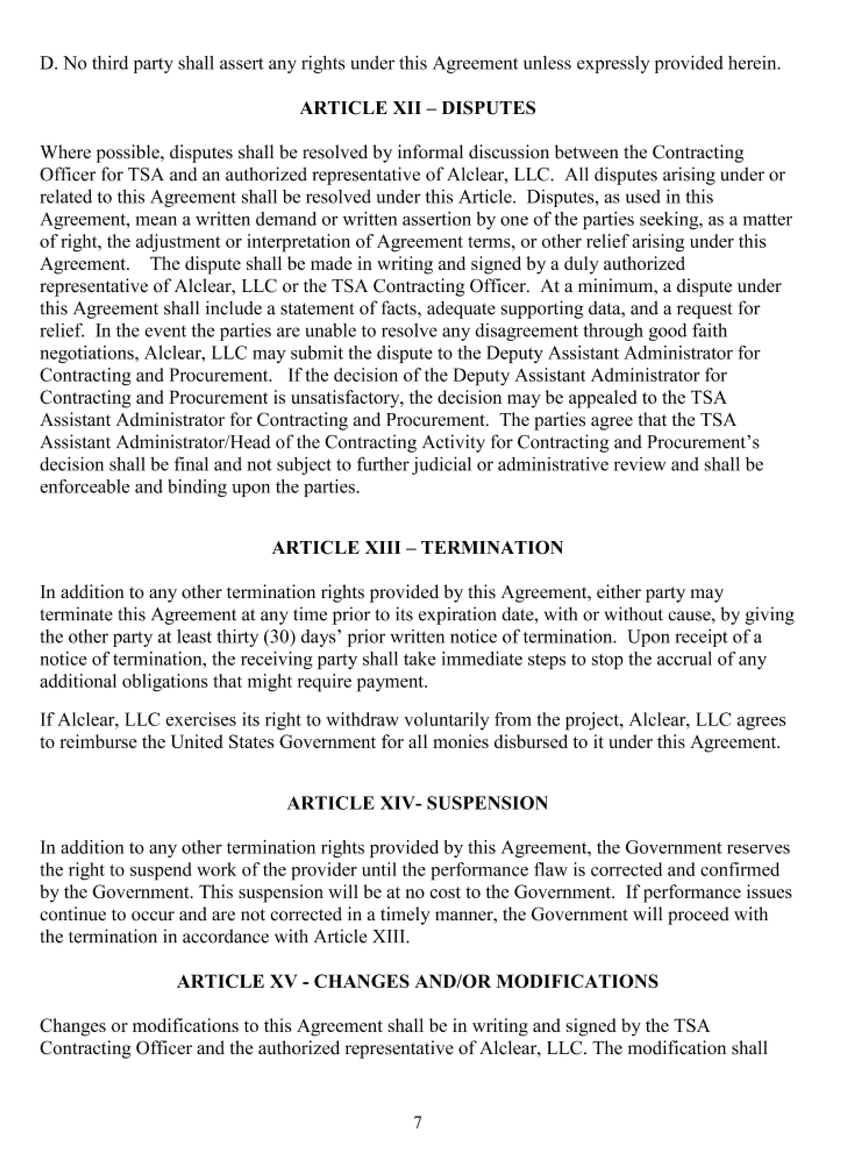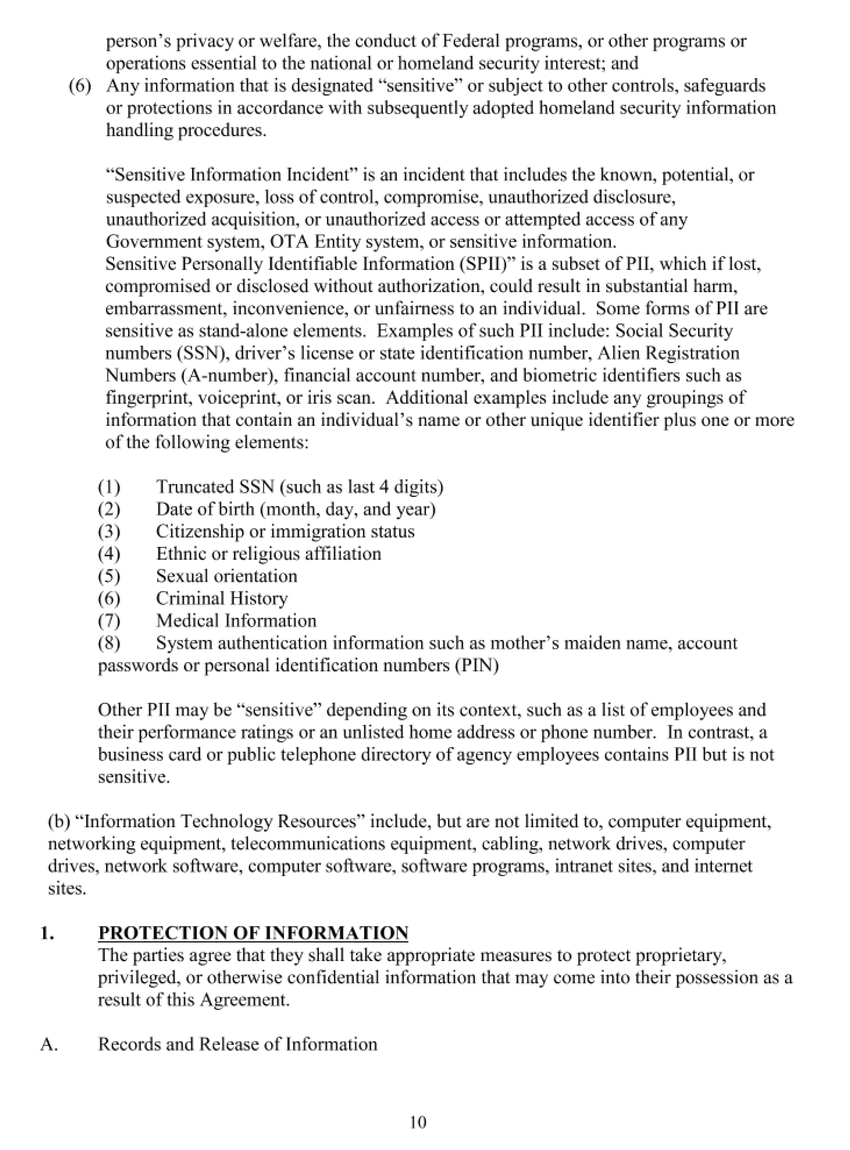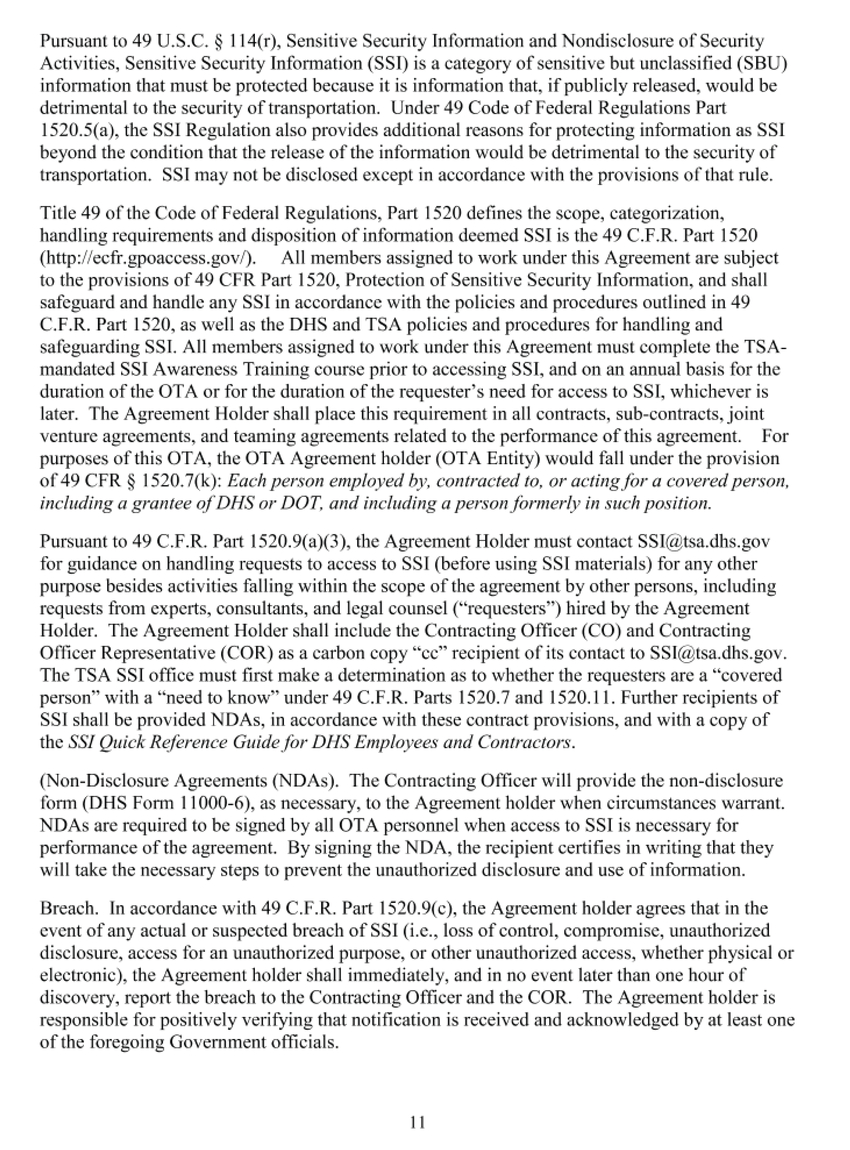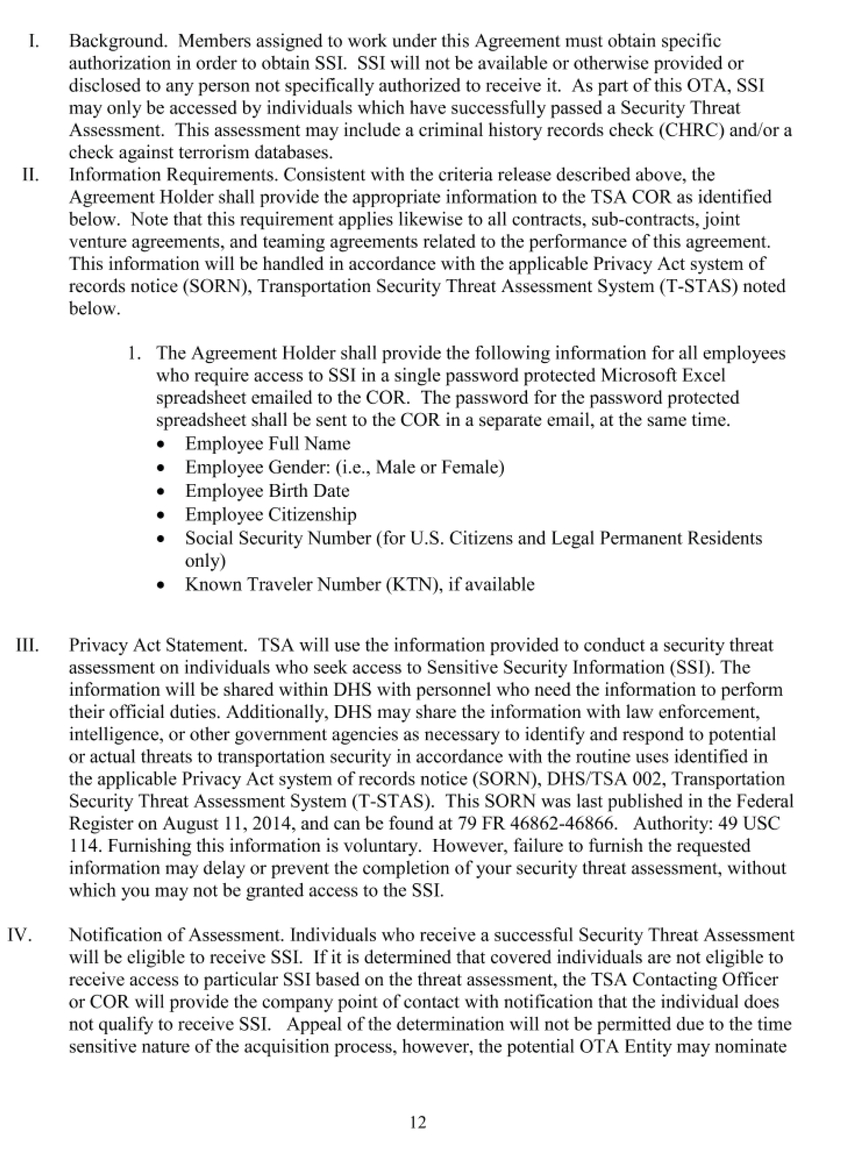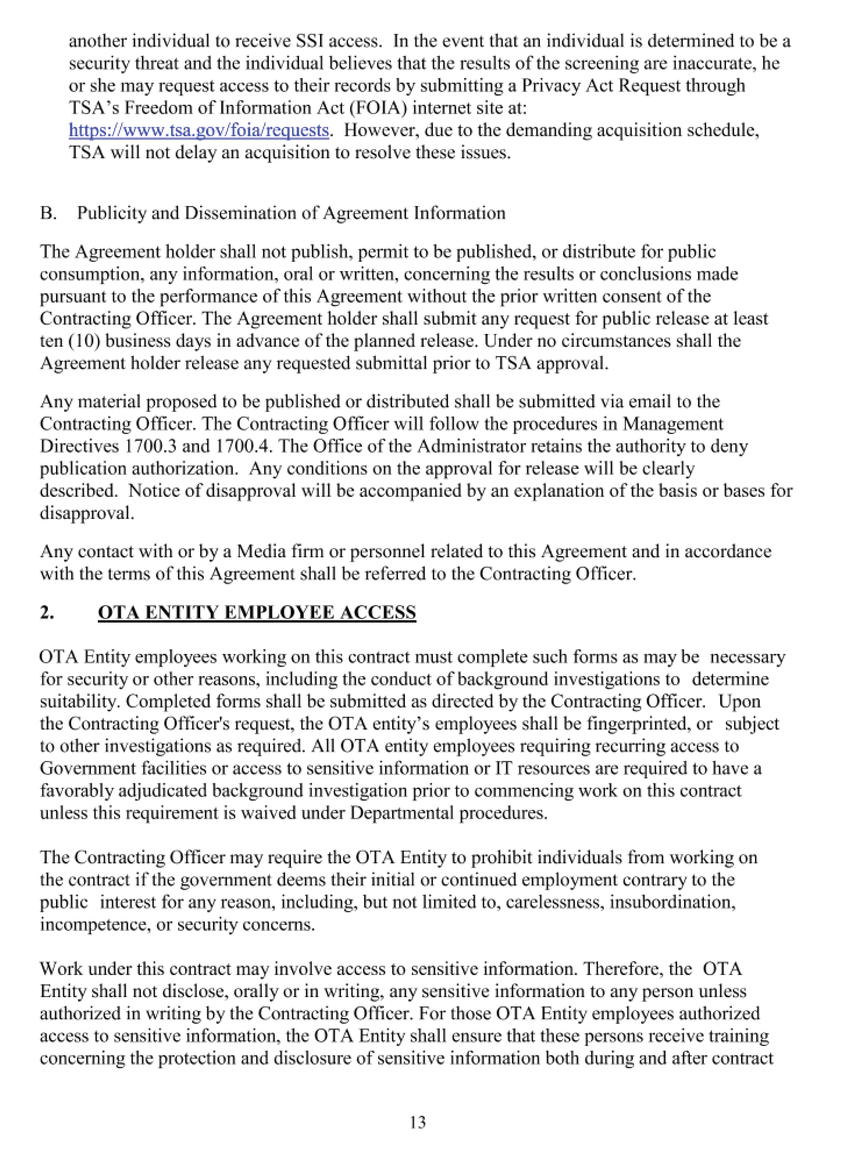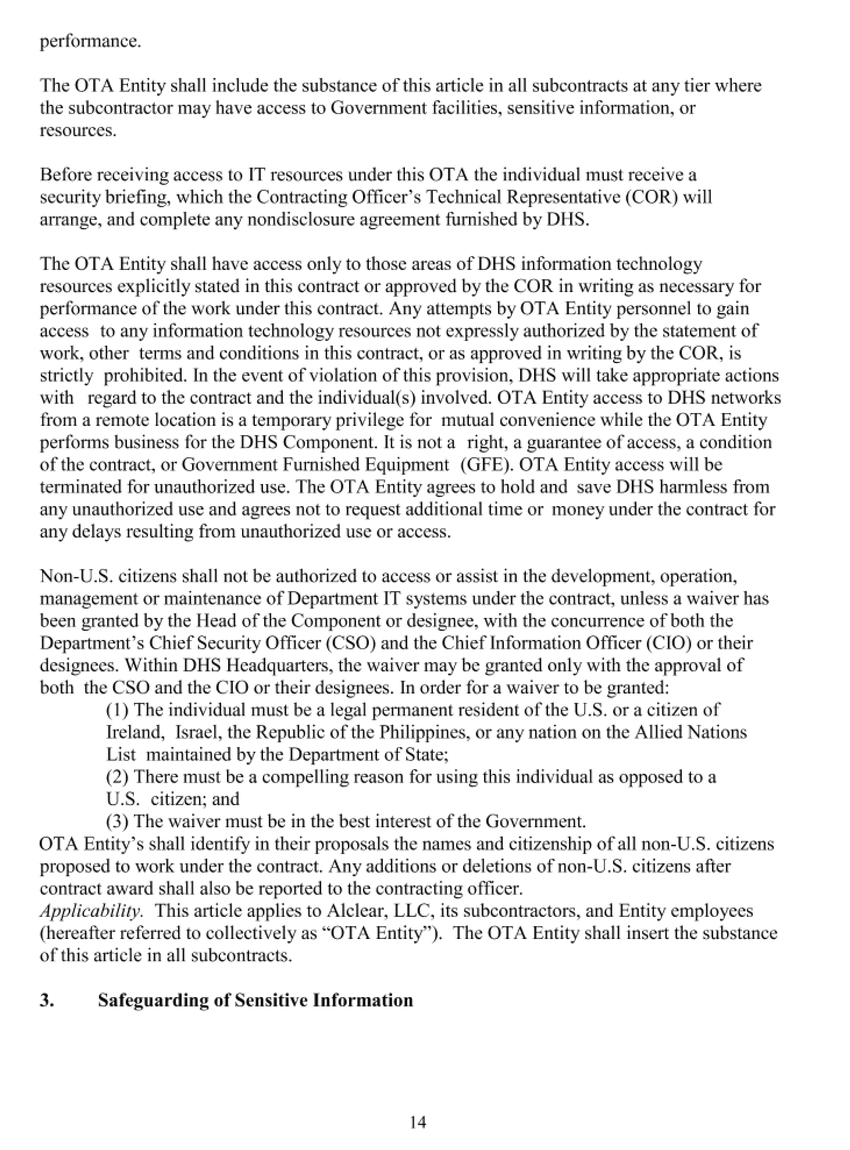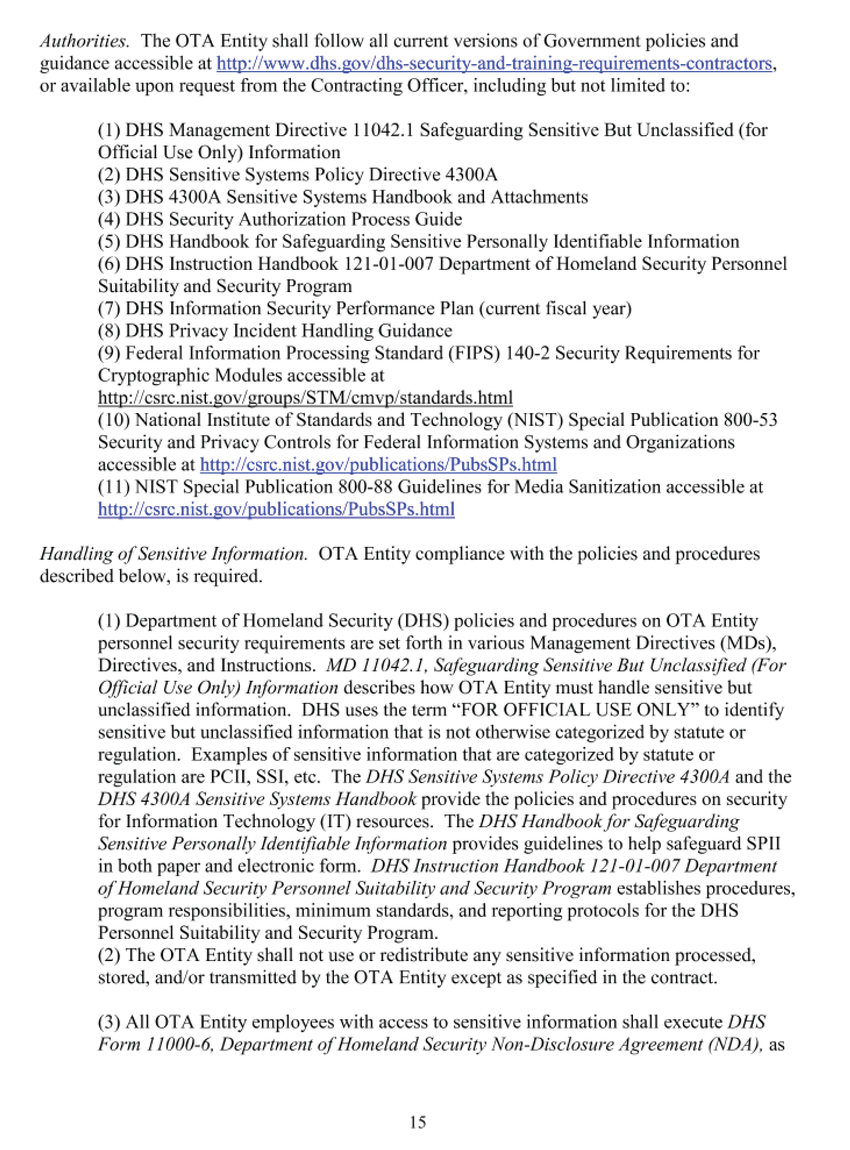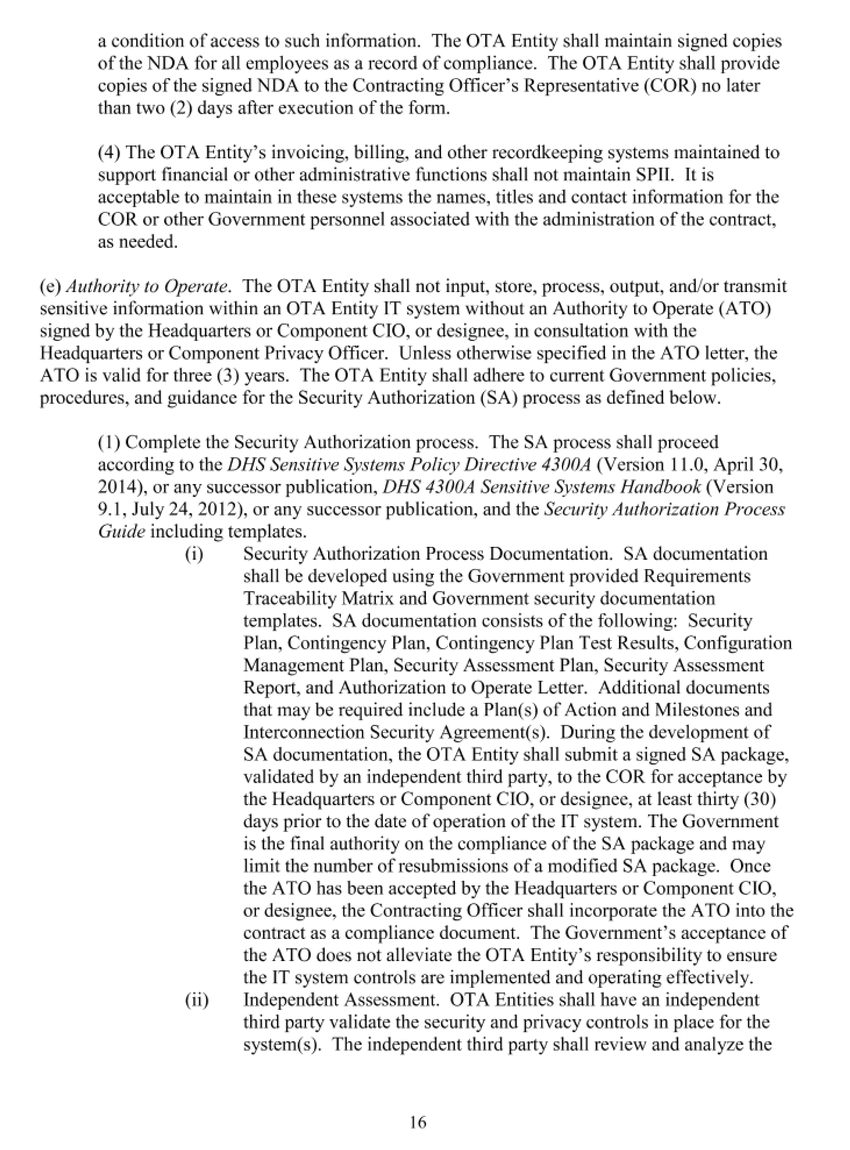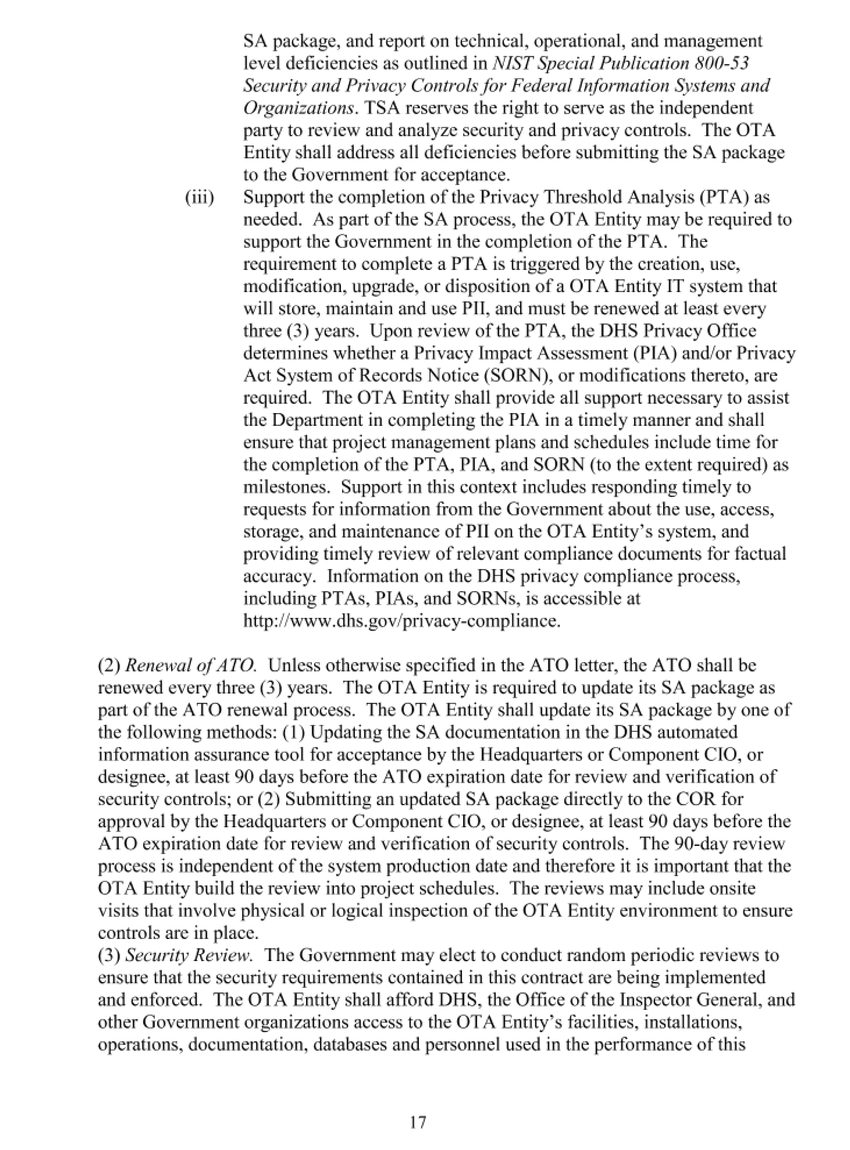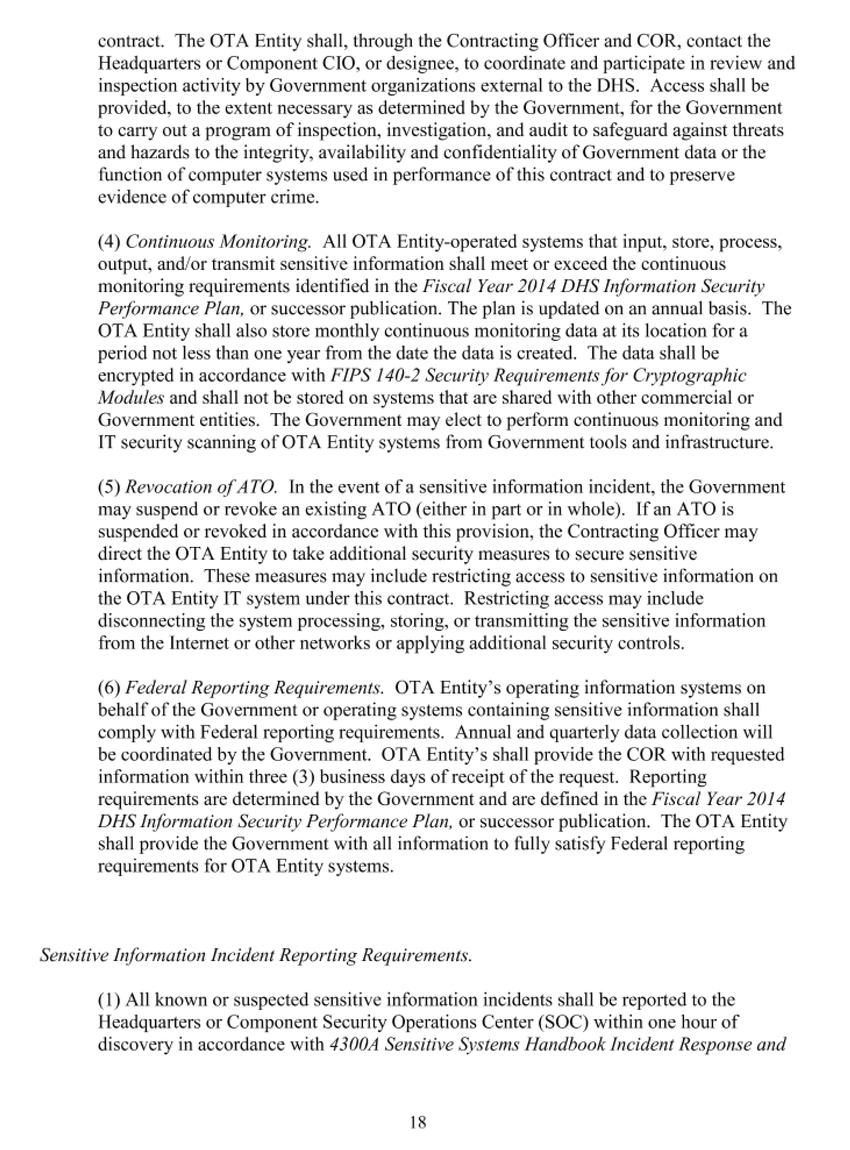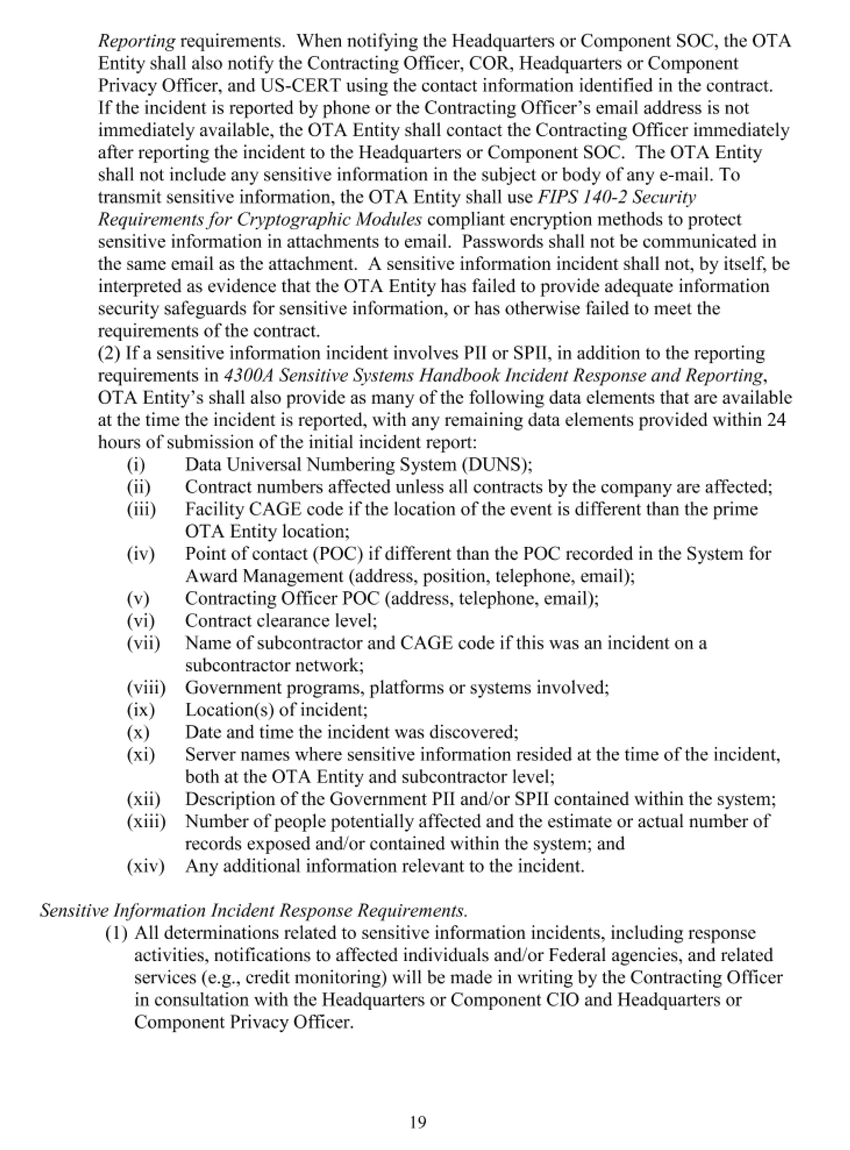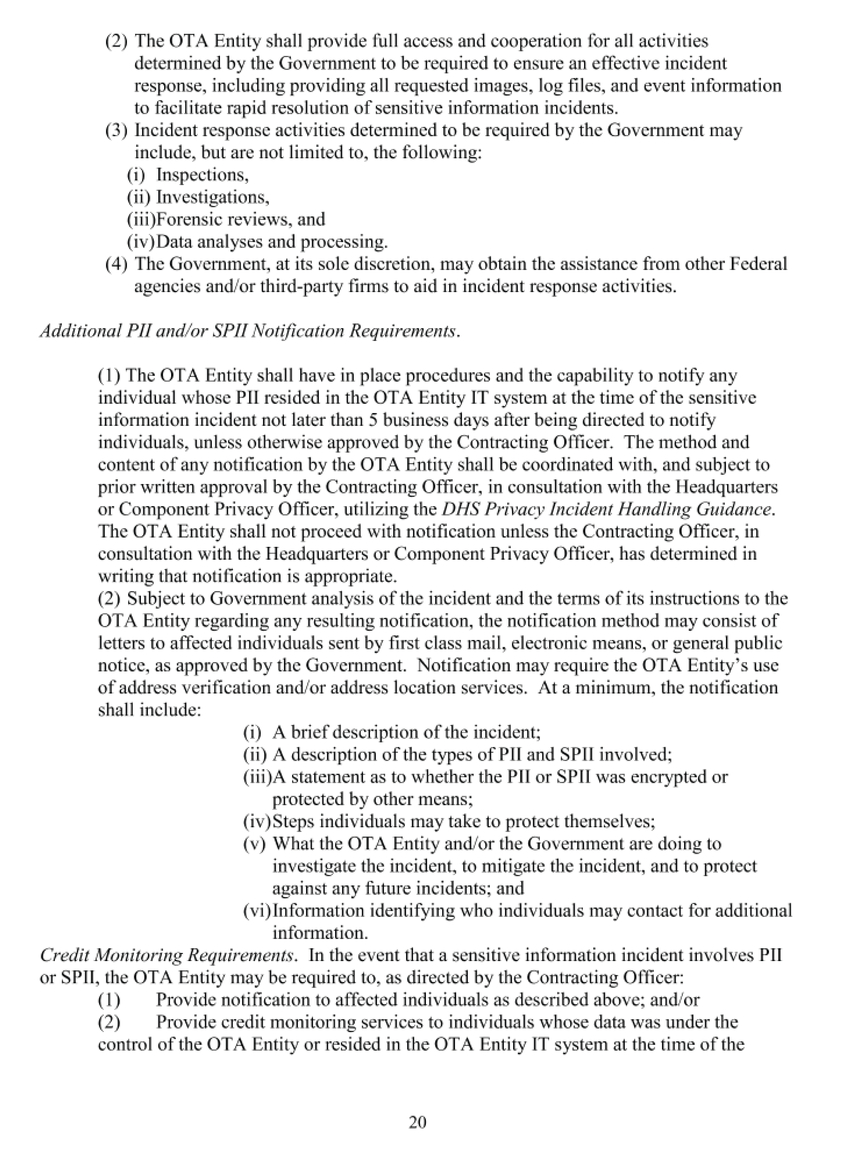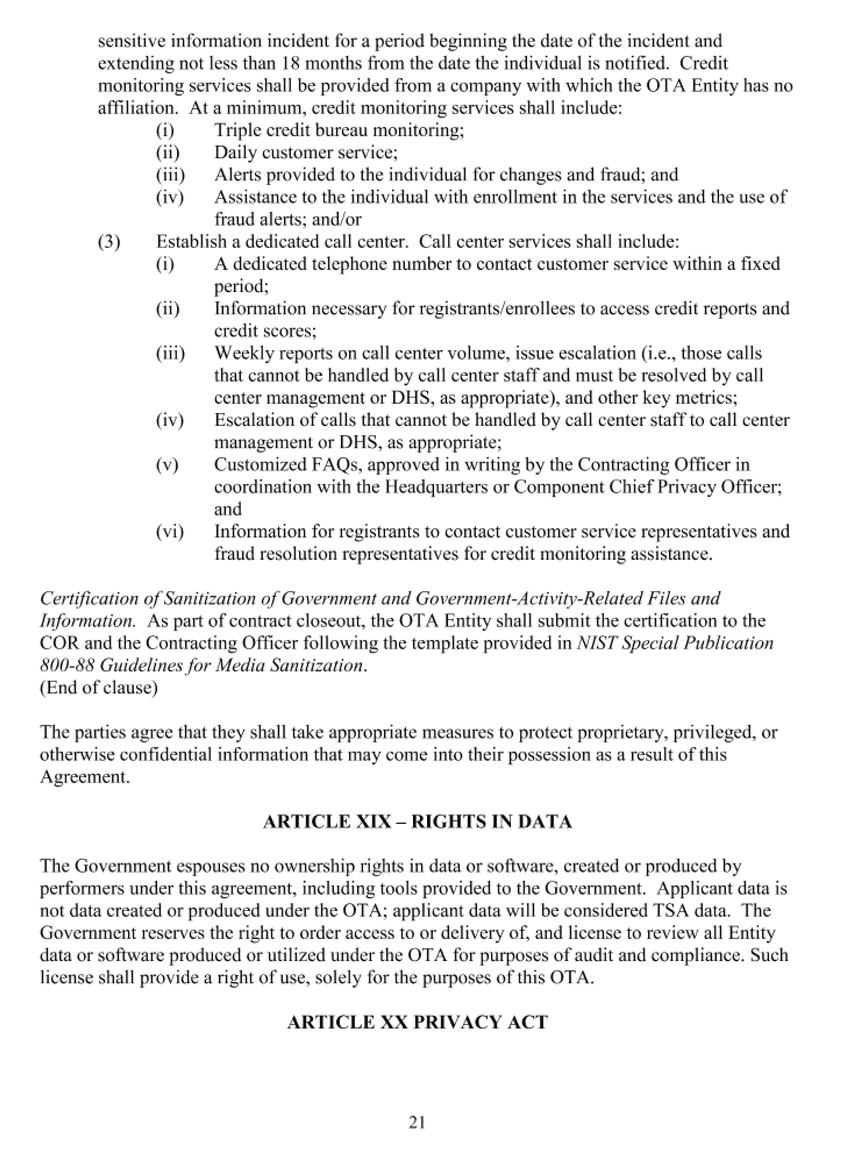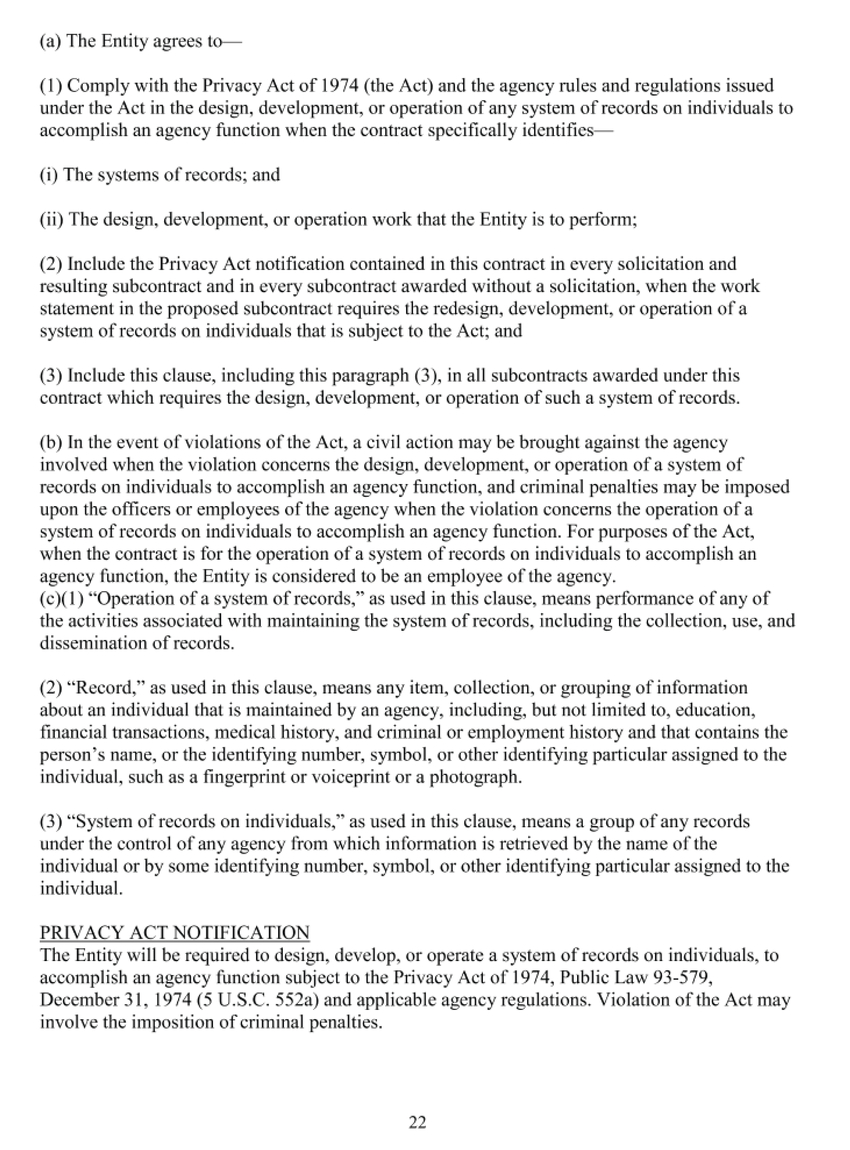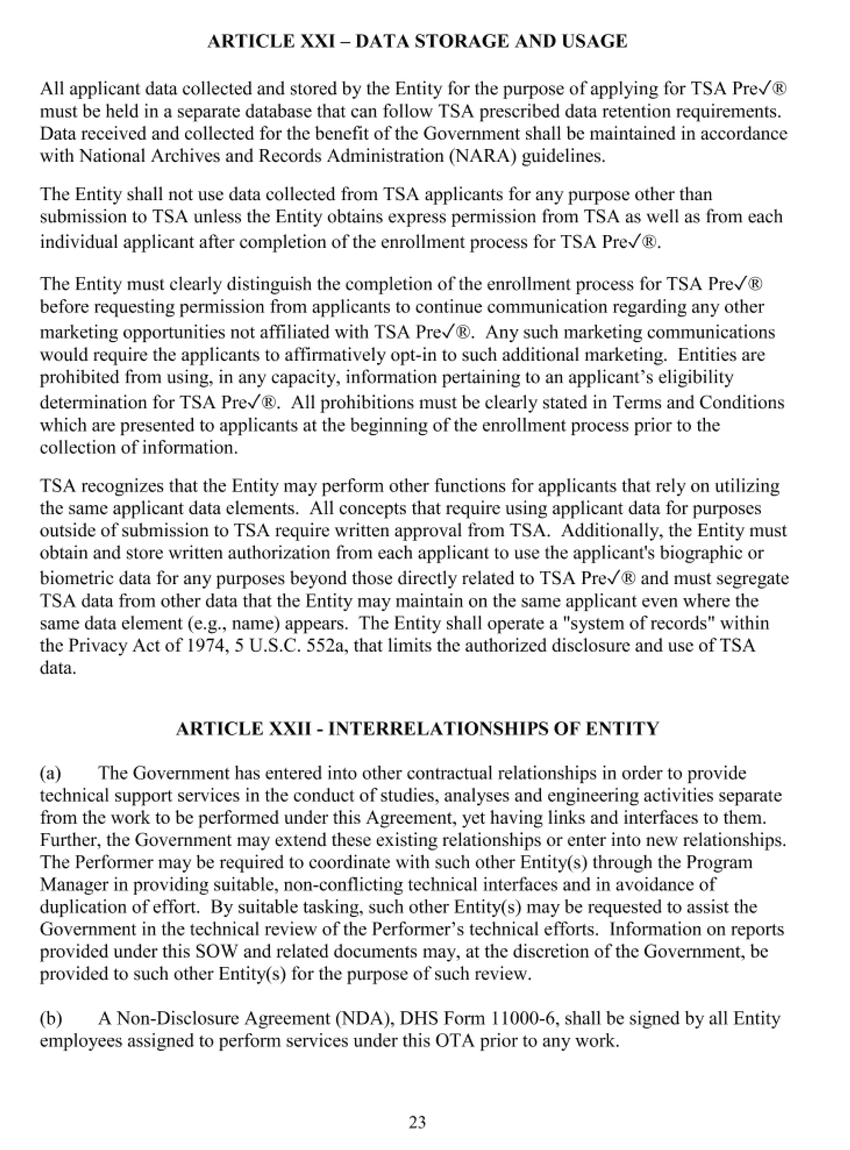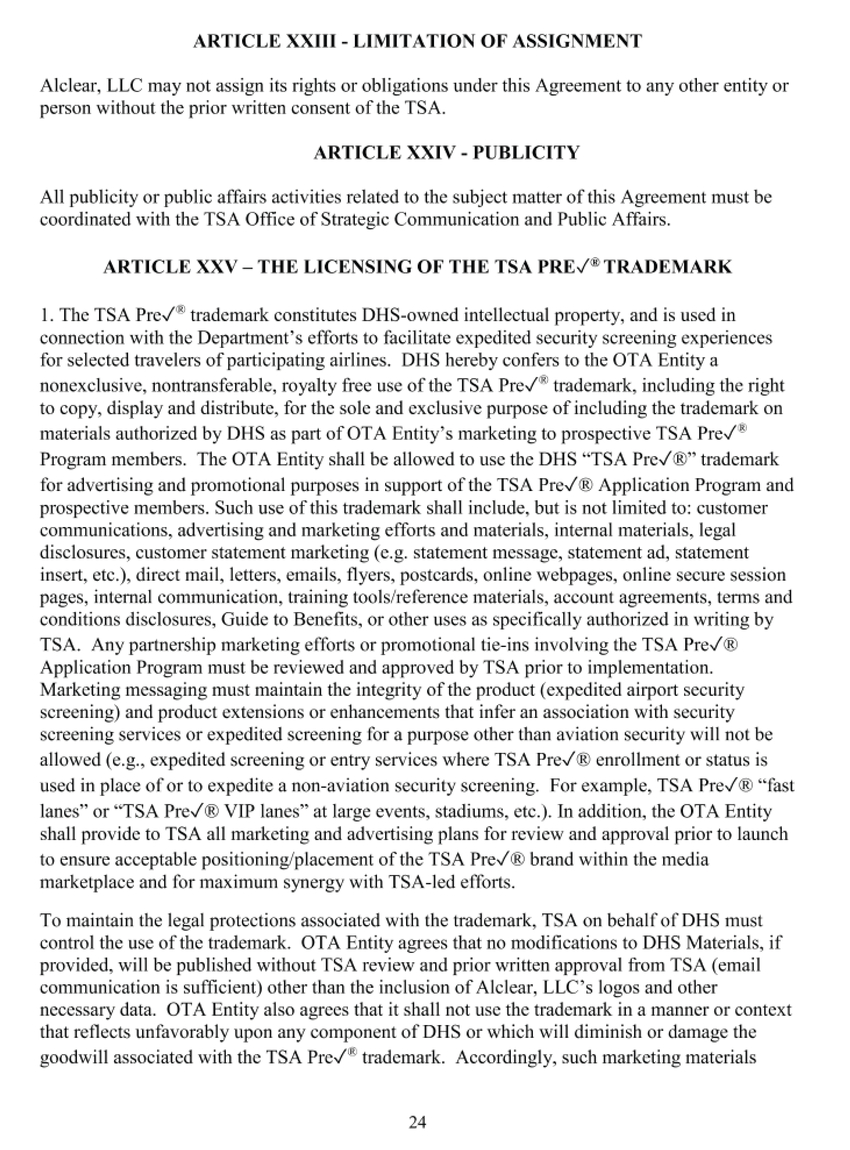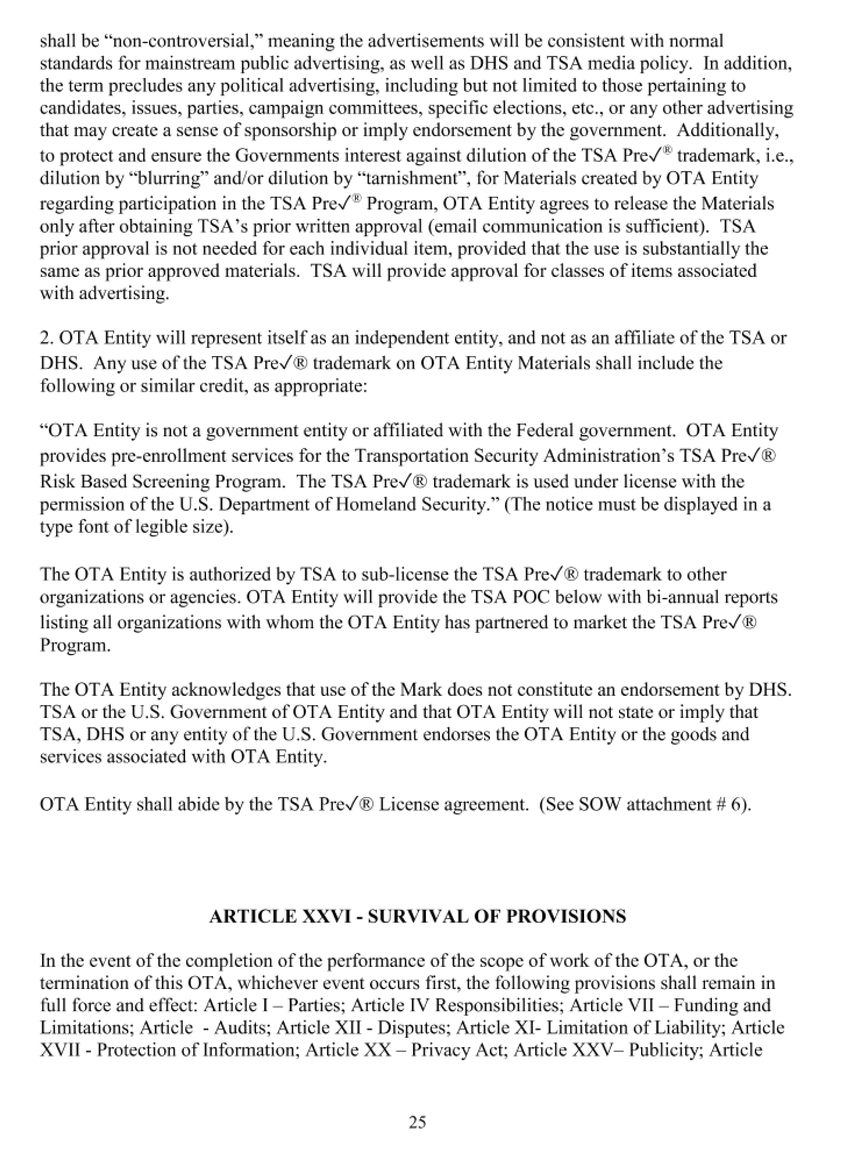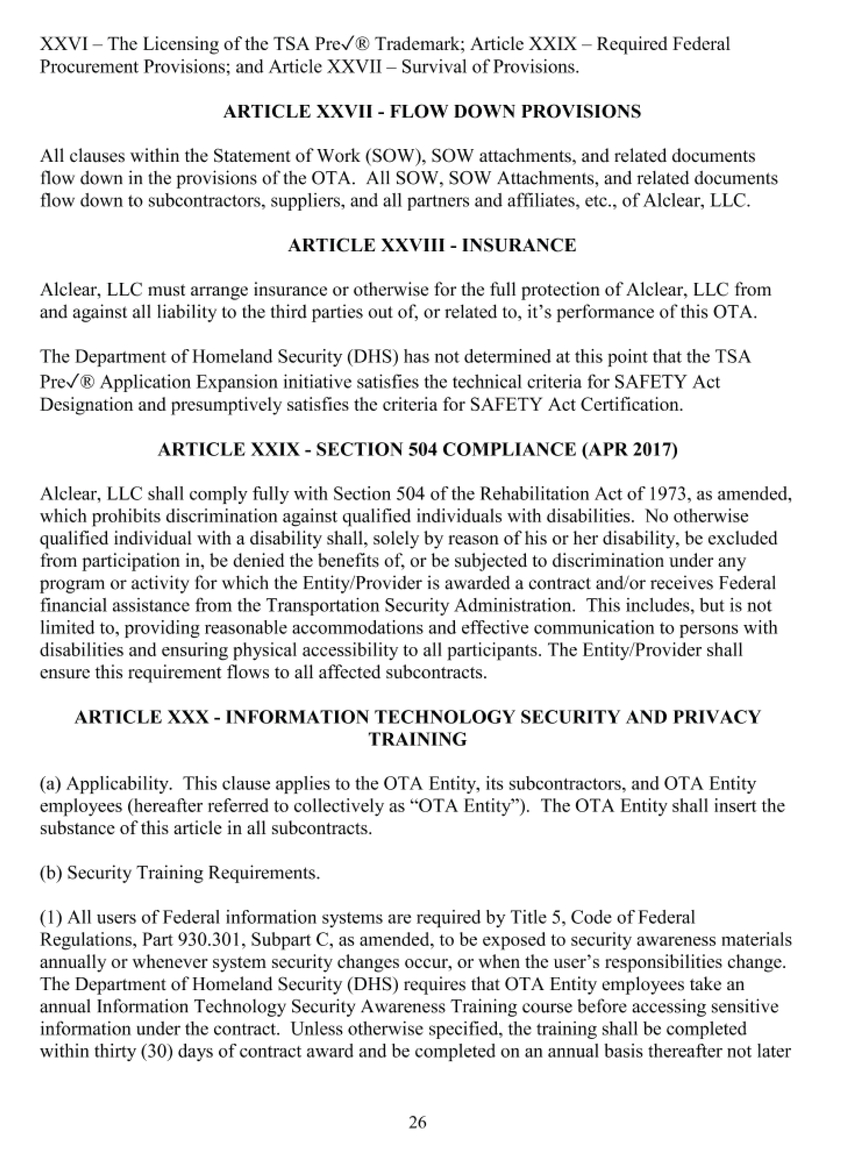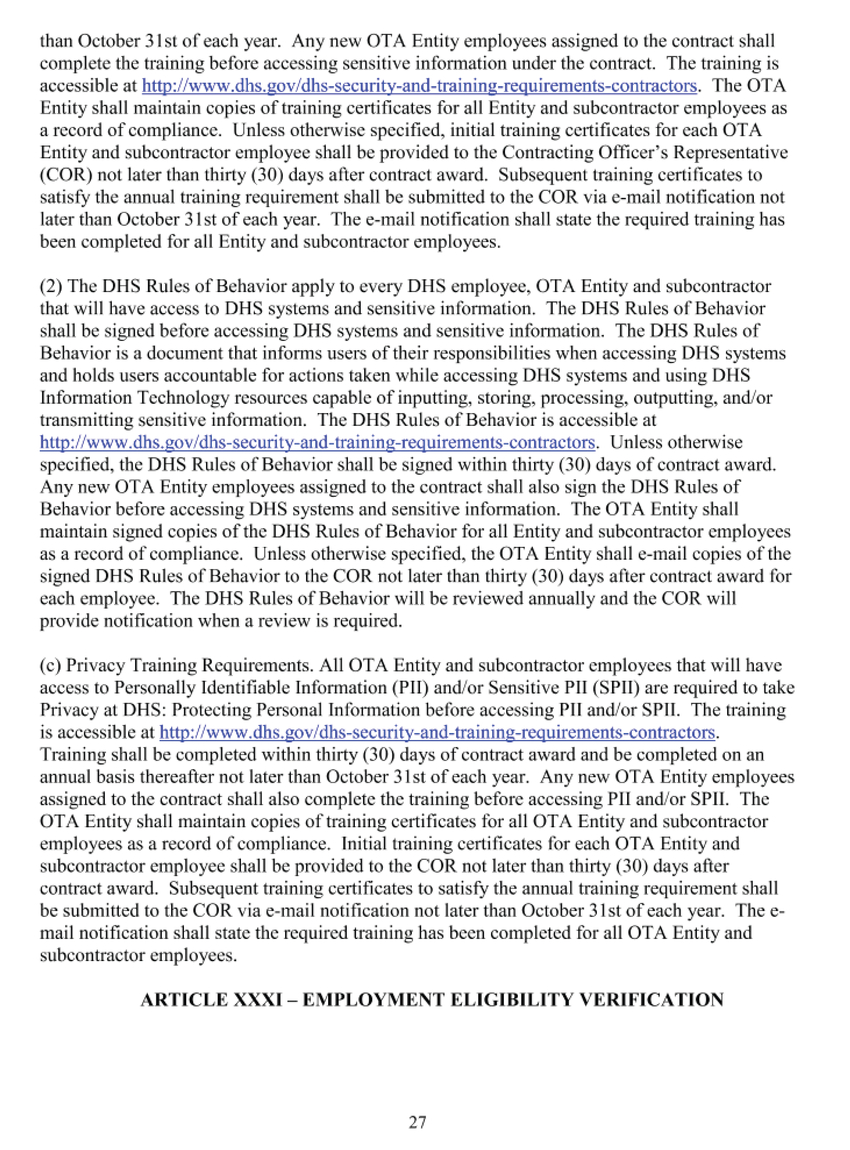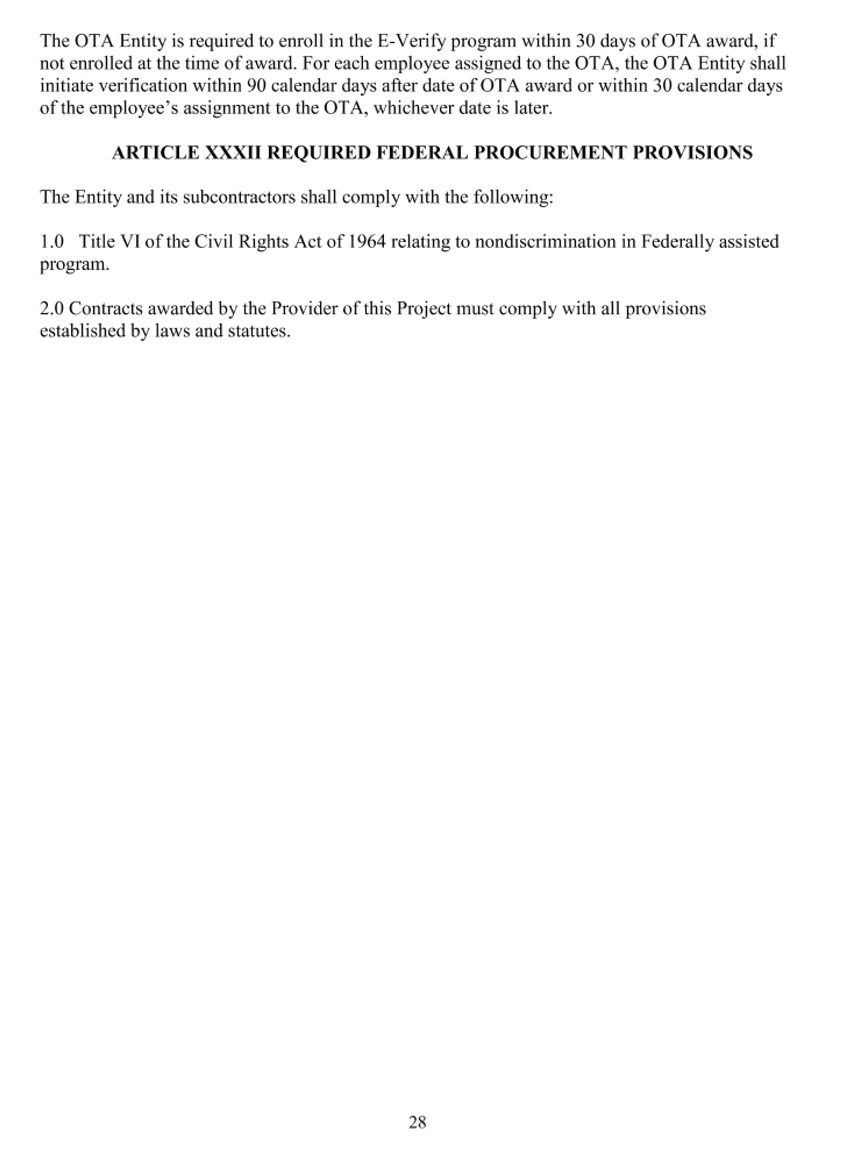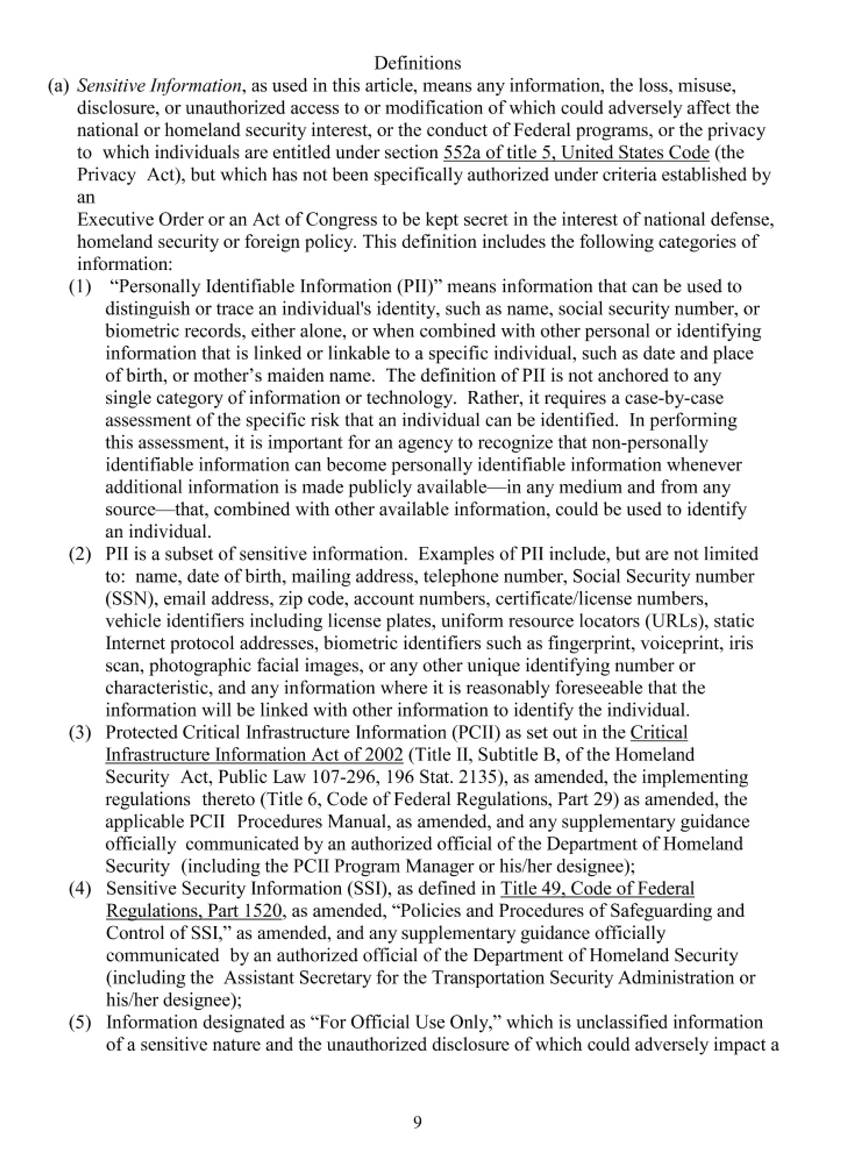 | Definitions Sensitive Information, as used in this a1ticle, means any information, the loss, misuse, disclosure,or unautho rized access to or modification of which could adversely affect the national or homeland security interest, or the conduct of Federa l programs, or the pr ivacy to which individuals are entitled under section 552a of title 5, United States Code (the Privacy Act), but which has not been specifically authori zed under criteria established by an Execut ive Order or an Act of Congress to be kept secret in the interest of nationa l defense, homeland security or foreign pol icy. This definition includes the following categories of infonn ation: )"Personally Identifiab l e Information (Pll)" means i nfonnat ion that can be used to distinguish or trace an individual's identity, such as name, social security num ber, or biometric records, either alone, or when combined with other personal or identifying information that is linked or linkable to a specific individual, such as date and place of birth, or mother's maiden name. The definition of PII is not anchored to any singl e category of infonnat ion or technology. Rather, it requires a case-by-case assessment of the specific risk that an individua l can be identified . In perfonning this assessment, it is important for an agency to recognize that non-personally identifiable information can become personally identifiable information whenever additional information is made publ icly avai lable-in any medium and from any source-that, combined with other available information, could be used to identify an individual. Pll is a subset of sensitive i nfonnat ion. Examples of Pll incl ude, but are not l imited to: name, date of birth, mailing address, telephone number, Social Security number (SSN), email address, zip code, account numbers, certificate/license numbers, vehicle identifiers including license plates, uniform resource locators (URLs), static Internet protocol addresses, biometr ic identifiers such as fingerprint, vo iceprint, iris scan, photograph ic facial images, or any other un ique identifying number or characteristi c,and any in fonnation where it is reasonably foreseeable that the info1mation will be linked with other information to identify the individual. Protected Critical Infrastructure Information (PCII) as set out in the Critical Infrastructure Information Act of2002 (Title II, Subtitle B, of the Homeland Security Act, Public Law 107-296, 196 Stat. 2 135), as amended, the implementing regulations thereto (Title 6. Code of Federa l Regulations, Part 29) as amended, the applicable PCll Procedures Manual,as amended , and any supplementary guidance officially communicated by an authorized official of the Department of Homeland Security (including the PCII Program Manager or his/her designee); Sensitive Security Information (SSI), as defined in Title 49. Code of Federal Regulations. Pait 1520,as amended, "Policies and Procedures of Safeguarding and Contro l of SSI," as amended, and any supplementary guidance officially commun icated by an authorized omcial or the Department of Homeland Security (including the Assistant Secretary for the Transportation Security Administration or his/her designee); Information designated as ''For Official Use Only," which is unclassified information ofa sensitive nature and the unauthorized disclosure of which could adversely impact a |
